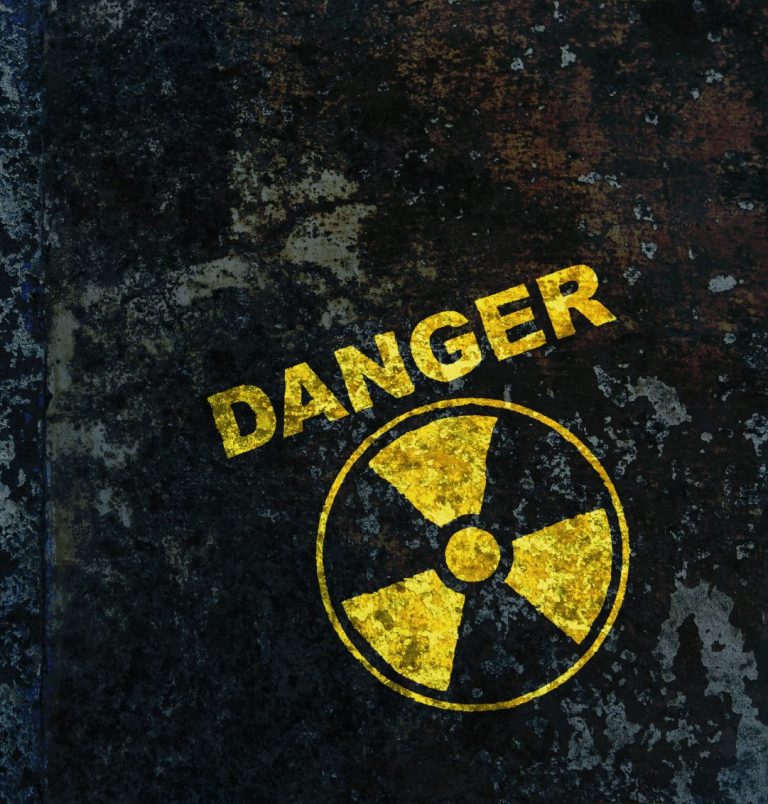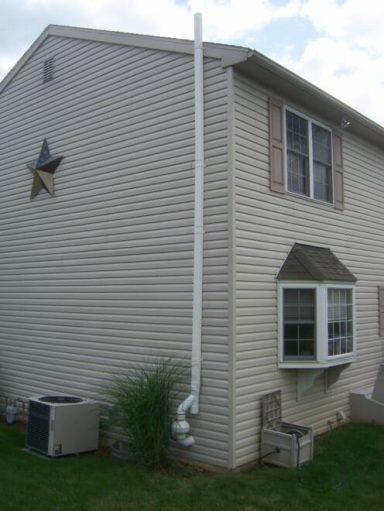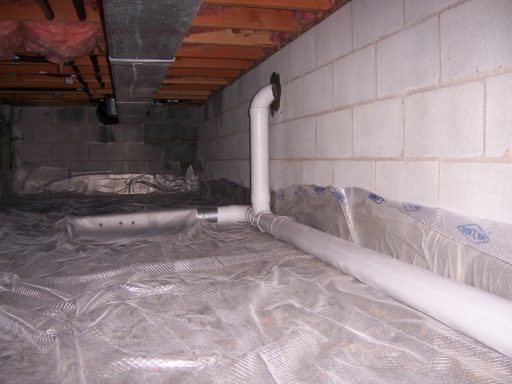Past Jobs
Gallery
Radon
Radon is a colorless, odorless, tasteless, naturally occurring, radioactive noble gas that is formed from the decay of radium. Radon has a half life of 3.82 days. It is measured in PicoCuries per Liter (pCi/L). The average indoor radon level in the United States is 1.3 pCi/L and the average outdoor level is 0.4 pCi/L. The only way to know if your house has radon is to test it. Radon levels can differ from house to house. The Pennsylvania DEP recommends that action be taken if there is a reading of 4.0 pCi/L or higher.
Videos
Videos of radon mitigation systems installed in the past and current customer success.

Mitigation System
Sub-slab depressurization system
The most common method of mitigating a home is using a system called a sub-slab depressurization system. This is typically done by drilling a hole through the floor of the basement where a pipe is inserted. From there the pipe can either run to the outside or to the attic where a fan is attached. From the fan, the pipe continues above the roof line venting the radon gas into the air where it dissipates into acceptable levels. The basic concept behind a sub-slab depressurization system is to create a negative pressure under the floor slab of the basement.
In depth look at Radon!!
In a sub slab depressurization system the mitigator starts by drilling a hole through the floor slab.
This hole is usually about 5 inches in diameter. Once the hole is drilled the mitigator will remove typically 5 gallons of dirt under and around the hole.
"Breathing Easy" presented by the EPA
Entering The Home
The most important factor contributing to radon entering a home is having a source of radon in the ground below your home. Having a large source of radon and permeable soil underneath the home greatly increases the chances of finding radon in the home. Cracks found in the basement slab, utility penetrations, pipe penetrations, cracks in walls, floor drains, and sump pits are all entry points for radon. Soil gas infiltration accounts for 85-90% of radon found in homes.
Diffusion of radon through a slab can account for only about 1-4% and emanation from materials only accounts for 2-5% of radon found in homes. It is also noted that radon can be found in water, but this accounts for less than 1%.
©Copyright. All rights reserved.
We need your consent to load the translations
We use a third-party service to translate the website content that may collect data about your activity. Please review the details and accept the service to view the translations.







